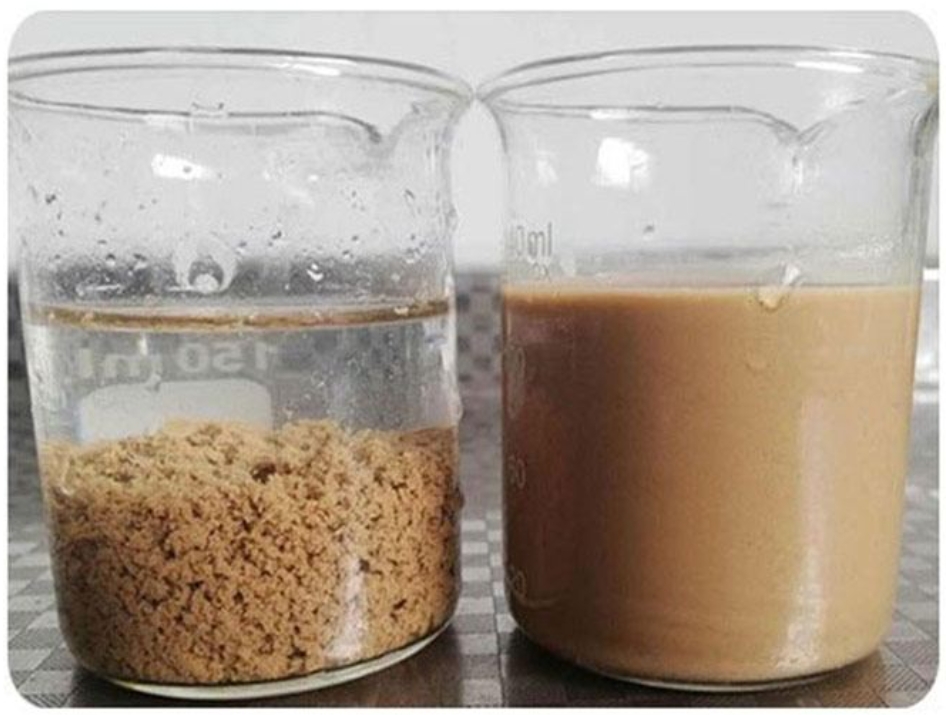Polyacrylamide degradation includes: biodegradation, photodegradation, oxidative degradation and thermal degradation. The numerous degradation methods of polyacrylamide can effectively ensure that polyacrylamide products will reduce environmental pollution as much as possible when used, so polyacrylamide is a very environmentally friendly chemical product.
Polyacrylamide will gradually degrade in the natural environment, and its degradation methods mainly include the following.

1. Biodegradation
Some microorganisms can use polyacrylamide as a carbon source for degradation. In soil and water, some bacteria and fungi may decompose polyacrylamide molecules and convert them into carbon dioxide, water and other harmless substances.
2. Photodegradation
Polyacrylamide will also undergo photodegradation under the action of sunlight. Ultraviolet light and visible light can cause the breakage and degradation of polyacrylamide molecules, reduce their molecular weight, and eventually degrade into smaller molecules or harmless substances.

3. Oxidative degradation
Oxidants such as hydrogen peroxide and ozone can promote the oxidative degradation of polyacrylamide. These oxidants can destroy the structure of polyacrylamide molecules and accelerate their degradation process.
4. Thermal degradation
Under high temperature environment, polyacrylamide molecules may undergo thermal degradation. High temperature will break the internal bonds of polyacrylamide molecules, resulting in a decrease in its molecular weight and eventually degradation into small molecular compounds.

It should be noted that the degradation rate of polyacrylamide depends on environmental conditions, such as temperature, humidity, microbial species and other factors. In some cases, polyacrylamide may remain in the environment for a long time. Therefore, when using polyacrylamide, the correct usage and handling methods should be followed to minimize its impact on the environment.






